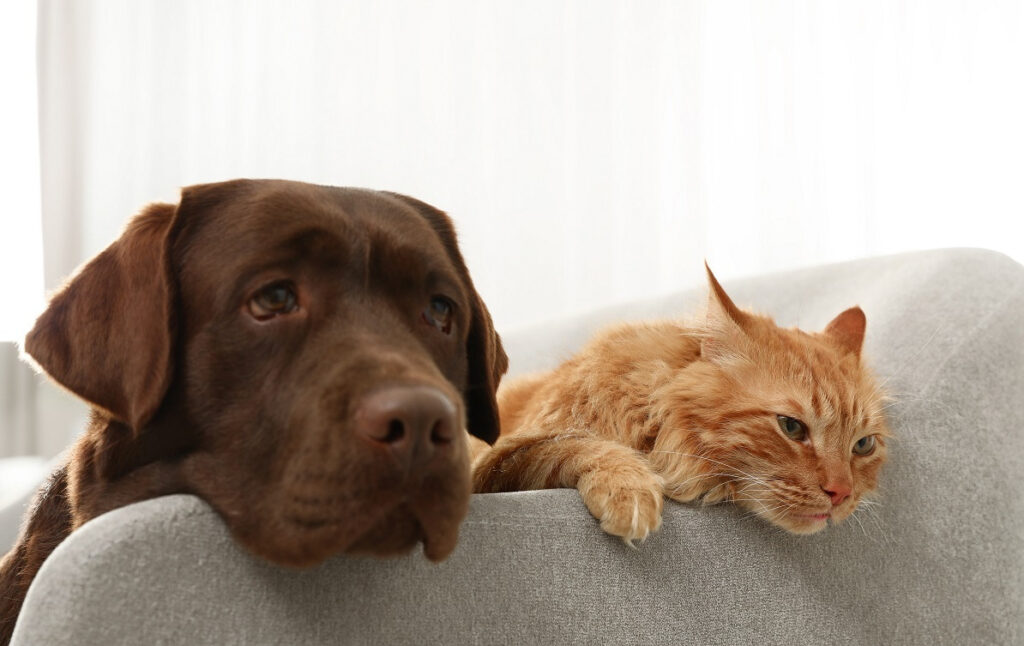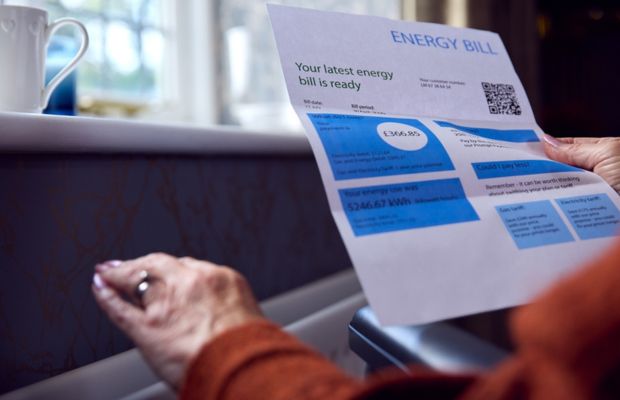The decision on whether to allow pets is always a big one for landlords.
Unfortunately, for every well-behaved pet there’s another who can, and will, cause costly damage to a rental property.
The majority of landlords, in fact around 93% according to DataLoft, do not advertise their properties as pet-friendly.
And that’s something the government would like to see change – especially as the same DataLoft research revealed 40% of UK households own at least one pet.
The government’s model tenancy agreement template is set to be re-written in favour of tenants with pets.
And while allowing a pet will still be very much a decision for your landlord, the government hopes the adjustment will see more landlords at least consider tenants with pets.
If you are lucky enough to be allowed a pet in your rental property, though, it’s very much down to you to ensure its behaviour doesn’t cost you your deposit at the end of your tenancy.
So, here are 5 things you can do to help ensure you get your deposit back when it’s time to move on…
1. Pet proof when you move in
If you’re concerned your pet might not play ball when it comes to behaviour in your rental property, start pet-proofing it as soon as you move in.
Start by deciding the areas of the property that will be ‘pet-free’ and section these off so your animal can’t access them.
Walk through your property and assess which fixtures and fittings could be at risk of damage – once you’ve done that, either keep your pet away from those areas or take steps to protect them against damage.
2. Move your pet out
If you can, move your pet out a week before your tenancy ends.
This will give you plenty of time to repair any scuffs or scrapes caused by a dog or cat – because even the best-behaved pets can sometimes cause a little damage.
But trying to manage repairs and cleaning with your pet still at home can be a tricky task, so if you can loan
them to friends or family for even a few days, your end of tenancy tidy-up will be much easier.
3. Get the carpets cleaned
One of the biggest embracers of pet smells and hair is a carpet.
So, no matter how deeply you clean your property before the end of a tenancy, if you don’t tackle the carpet professionally, you’ll be on a hiding to nothing.
This is where spending a little could really help when it comes to your deposit.
Your average vacuum cleaner probably won’t lift the grime caused by months of heavy pet traffic, so draft in a professional carpet cleaning service to do the job property.
4. Air the property
If it’s winter, this is clearly trickier than in the warmer months, unless you like your home feeling like a fridge.
But, if you can, try to leave windows open during the day to pull all that fresh air through your rental property and air it out.
You’re probably used to your pet’s scent and might not even notice it, so it can also pay to invite friends round for an honest opinion on your property’s smell, too.
And regardless of their verdict, remember to combine all that fresh air with some air fresheners, too.
5. Communicate with your landlord
Sometimes, the best approach is to be completely honest with your landlord about any damage your pet may have done.
Explain to your landlord that you have taken good care of the property, but outline anything you haven’t been able to rectify and be clear on the things you have returned to their original condition.
If you are looking for a pet-friendly rental property, speak to your local Martin & Co office.




